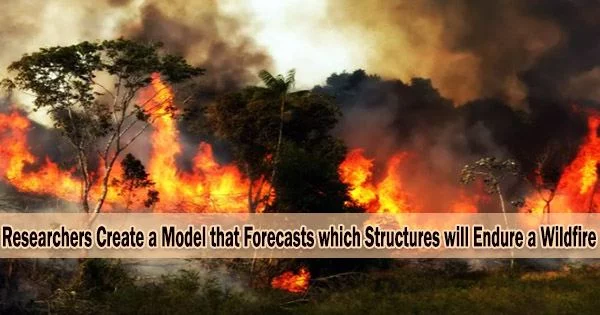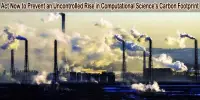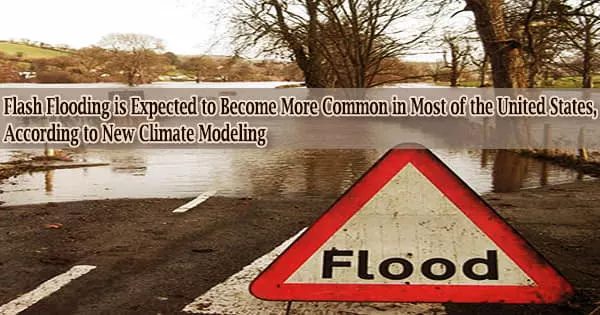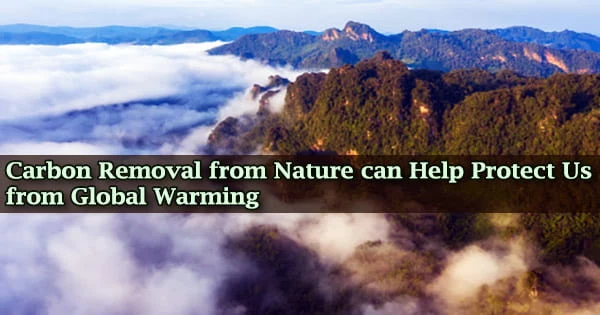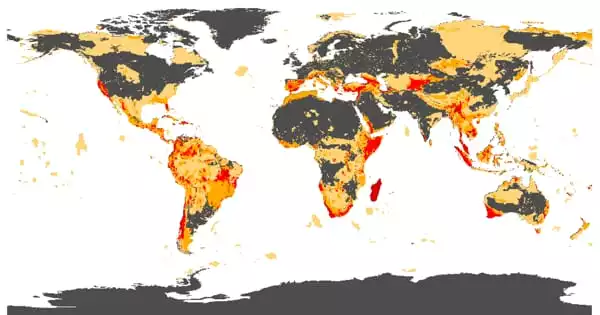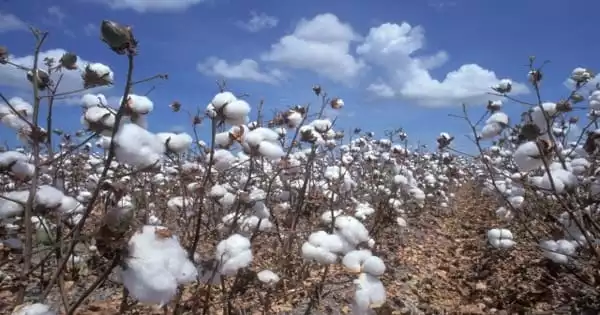Researchers have developed a model that uses machine learning to predict which buildings are most likely to survive a wildfire. The model takes into account factors such as the distance of a building to the wildfire, the type of construction materials used, and the slope of the land.
Wildfires may seem unpredictable, leaving random ruin in their wake. A model created by CSU engineers can forecast how a wildfire will affect a city down to the specific buildings that will burn. They assert that planning fire mitigation techniques and steps for recovery depends on anticipating harm to the built environment.
For years, Hussam Mahmoud, a Civil and Environmental Engineering professor, and postdoctoral fellow Akshat Chulahwat have been working on a model to measure the vulnerability of communities to wildfire.
Mahmoud and Chulahwat’s model was the first to forecast how a fire will spread through a town. The majority of studies on wildfire control have been on predicting fire behavior in the wildland.
“We’re able to predict the most probable path the fire will take and how vulnerable each home is relative to the neighboring homes,” Mahmoud said. “We put a spin on the original model that allows us now to determine the level of damage in each building, whether the building will burn or survive.”
Using data from Technosylva, a wildfire science and technology company, Mahmoud and Chulahwat tested their model on the 2018 Camp Fire and 2020 Glass Fire in California. With 58–64% accuracy, the model foresaw which buildings would burn and which would survive.
We’re able to predict the most probable path the fire will take and how vulnerable each home is relative to the neighboring homes. We put a spin on the original model that allows us now to determine the level of damage in each building, whether the building will burn or survive.
Hussam Mahmoud
By modifying the model’s weighting of several damage-causing characteristics, they have been able to accurately forecast which buildings burnt in the Camp Fire with 86% accuracy after releasing their findings in Scientific Reports.
Mahmoud says a holistic approach is needed to understand wildfire behavior and bolster resilience. Decision-makers will have the knowledge they need to mitigate vulnerable areas with the help of models that incorporate the wildland and built environment elements of a community.
Wildfire is like a disease
Mahmoud and Chulahwat used graph theory, a method for studying networks, to create their model. These methods also are used to study how diseases spread.
“Wildfire propagation in communities is similar to disease transmission in a social network,” Mahmoud said. Fire spreads from object to object in the same way contagions pass from one person to another.
According to him, wildfire mitigation techniques are similar to the procedures employed to stop the spread of COVID-19. By mapping a structure’s surroundings (contact tracing), removing defensible space around it (social distancing), strengthening it to be more fire resistant (immunization), and establishing a buffer zone at the wildland-urban interface (closing borders), a community’s immune system can be strengthened.
Some houses are like super-spreaders; they have a higher fire danger and a higher likelihood of spreading fire to other houses. By targeting certain homes or areas for reinforcement, policymakers could maximize a community’s mitigation efforts, Mahmoud said.
The researchers are hopeful that their model may aid in protecting communities from the severe losses brought on by wildfires as wildfire risk is increased by more people relocating to wildland-adjacent areas and climate change drying out the terrain in desert places.
CSU at COP27
Mahmoud will present this work in November at the United Nations Framework Convention on Climate Change during a side event co-hosted by CSU and the France Global Hub of Future Earth. The event, New Approaches to Wildfire: Managing Climate Risks in Urban, Suburban, and Wilderness Areas, also will feature CSU collaborators Peter Backlund, associate director of the School of Global Environmental Sustainability, and Courtney Schultz, associate professor of Forest and Rangeland Stewardship and director of the Public Lands Policy Group.
“Presenting the work at a global conference like this, where there’s going to be people from all over the world, is exciting because they’ll see how we might be able to help them,” Mahmoud said.
The 27th session of the Conference of Parties of the UNFCCC, or COP27, will be held Nov. 6-18 in Sharm El Sheikh, Egypt.
